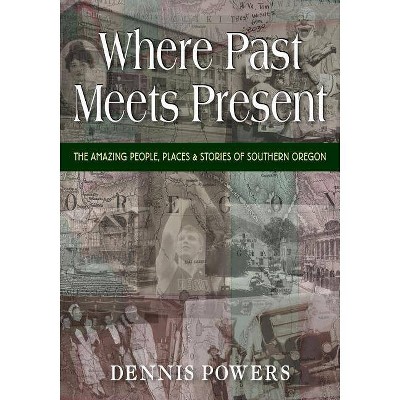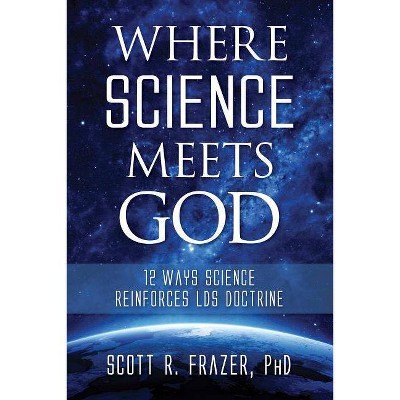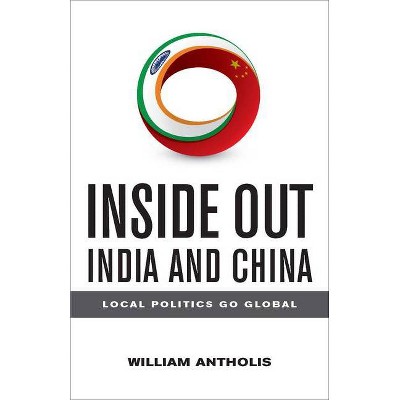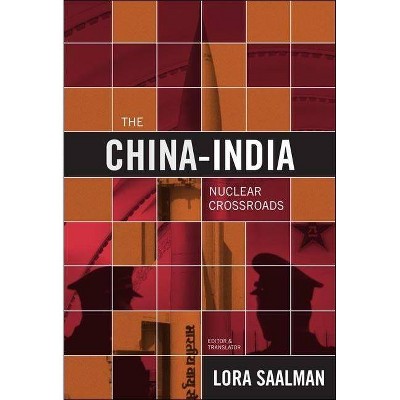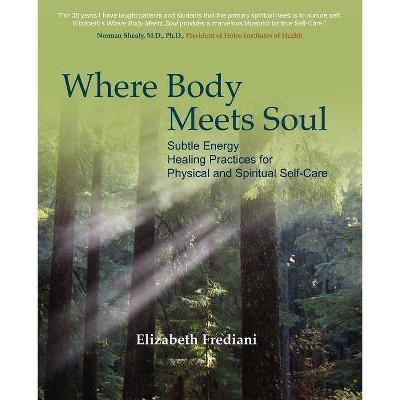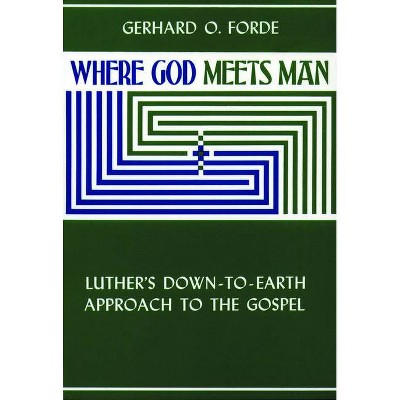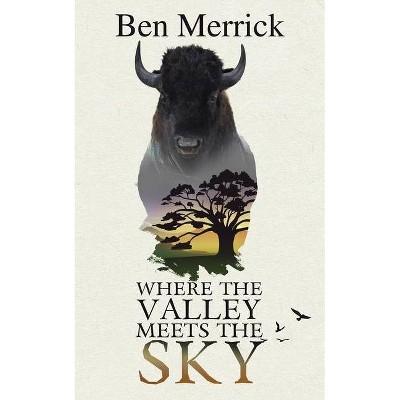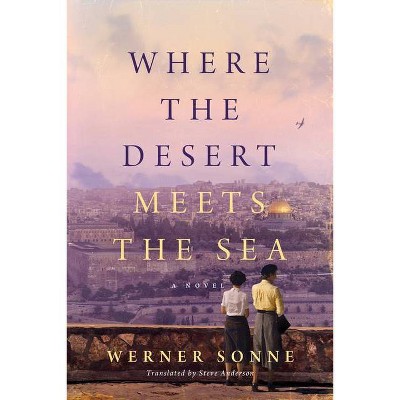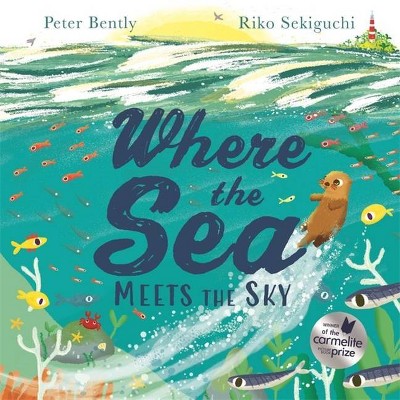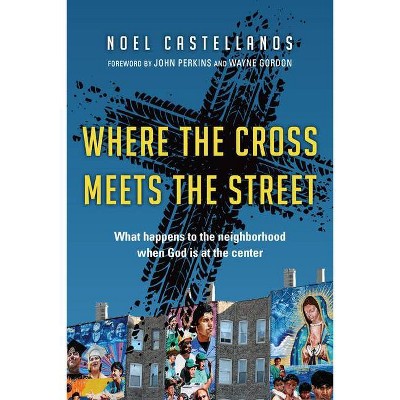Where China Meets India - by Thant Myint-U (Paperback)
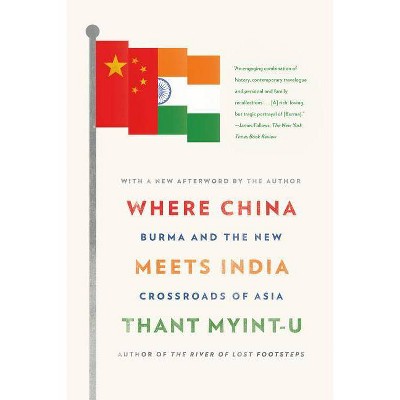
Similar Products
Products of same category from the store
AllProduct info
<p/><br></br><p><b> About the Book </b></p></br></br><P>Thant Myint-U's "Where China Meets India" is a vivid, searching, and timely book about a remote region that is suddenly becoming a geopolitical center of the world. From their very beginnings, the civilizations of China and India have been separated from each other, not only by the towering summits of the Himalayas, but also by the vast and impenetrable jungle, hostile tribes, and remote inland kingdoms that once stretched a thousand miles from where Calcutta is today, across Burma, to the upper reaches of China's Yangtze River.<P> But in the next few years, this last great frontier will likely vanish - the forests destroyed, dirt roads replaced by superhighways and high-speed trains, insurgencies ended - leaving China and India closer together than at any time in history. The great interior of China will also be connected to the Indian Ocean as never before. And this basic shift in geography, as profound as the opening of the Suez Canal, is taking place just as the centre of the world's economy is shifting decisively to the East.<P> What will this change mean? Thant Myint-U is in a unique position to know. Over the past few years he has traveled extensively across this vast territory, where high-speed trains and gleaming new shopping malls are now coming within striking distance of the last far-flung rebellions and impoverished mountain communities. And he has explored the new strategic centrality of Burma, where Asia's two rising giant powers appear to be vying for supremacy.<P> Where China Meets India takes us across this fast-changing Asian frontier, giving us a masterful account of the region's long and rich history and its sudden significance for the rest of the world.<P> A travelogue, a work of history, and an informed look into the future, "Where China Meets India "takes us across the fast-changing Asian frontier, giving us a masterful account of the region's long and rich history and its sudden significance for the rest of the world.<p/><br></br><p><b> Book Synopsis </b></p></br></br><p>Thant Myint-U's <i>Where China Meets India</i> is a vivid, searching, timely book about the remote region that is suddenly a geopolitical center of the world. </p><p>From their very beginnings, China and India have been walled off from each other: by the towering summits of the Himalayas, by a vast and impenetrable jungle, by hostile tribes and remote inland kingdoms stretching a thousand miles from Calcutta across Burma to the upper Yangtze River.</p><p>Soon this last great frontier will vanish--the forests cut down, dirt roads replaced by superhighways, insurgencies crushed--leaving China and India exposed to each other as never before. This basic shift in geography--as sudden and profound as the opening of the Suez Canal--will lead to unprecedented connections among the three billion people of Southeast Asia and the Far East. </p><p>What will this change mean? Thant Myint-U is in a unique position to know. Over the past few years he has traveled extensively across this vast territory, where high-speed trains and gleaming new shopping malls are now coming within striking distance of the last far-flung rebellions and impoverished mountain communities. And he has explored the new strategic centrality of Burma, where Asia's two rising, giant powers appear to be vying for supremacy. </p><p>At once a travelogue, a work of history, and an informed look into the future, <i>Where China Meets India</i> takes us across the fast-changing Asian frontier, giving us a masterful account of the region's long and rich history and its sudden significance for the rest of the world.</p><p/><br></br><p><b> Review Quotes </b></p></br></br><br><p>"[A] blend of personal reminiscence, history--enlivened with an eye for the telling anecdote--travelogue and polemic." --<i>The Economist</i></p><p>"[<i>Where China Meets India</i>] possesses a heartfelt and welcome optimism, giving voice to a desire for connections that exceeds all notions of foreign policy, geopolitics or business and becomes, instead, about people encountering each other in all their glorious difference." --<i>Siddhartha Deb, The Guardian</i></p><p>"Thant Myint-U makes clear in <i>Where China Meets India </i>[that] Burma's days as a neglected backwater are over." --<i>Tim Johnston, Financial Times</i></p><p>"This is probably the best book written on Myanmar after 1988. It is a must-read not only for diplomats, political analysts and CEOs of multinationals but also for readers who enjoy racy narrative, fascinating accounts of a bygone era, of Shangri-La, kings and generals, intrigue and heroism, the Tarons, remnants of the only known pigmy race in mainland Asia, and the lives of common people in some of the remotest parts of the region in and around Myanmar." --<i>Bhaskar K Mitra, Business Standard</i></p><p>"Thant's knowledge of Burma's history, peoples, cultures, and kingdoms brings focus to his travels through the area. The constant interplay between his experiences and knowledge of the region make this book a gem, with myriad rare insights." --<i>Publishers Weekly</i></p><p>"An illumining look at a country torn between two emerging superpowers . . . In a whirlwind tour through Burma's history, politics, culture and geography, Myint-U makes a successful case for its importance in South Asia's future." --<i>Kirkus Reviews</i></p><p>"Interweaving the history and geography of Burma (Myanmar) with a travel memoir, Thant (The River of Lost Footsteps: A Personal History of Burma) narrates the compelling story of his journey through this rapidly evolving region rich in culture and heritage . . . A highly readable and entertaining foray into the complex history of this ancient land, this book will be of interest to lovers of history and travel writing." --<i>Allan Cho, Library Journal</i></p><p>"'Asia' is already the 21st century's most contested term. For some it represents a block comprising most of the world's population, for others a region rife with historical rivalries. In this engaging narrative, Thant Myint-U shows us how Asia is still under construction, with new ports, canals, railroads and passageways are knitting together a continent. Most interestingly, these new Silk Roads enjoin the world's two most populous nations, China and India, via Burma, a land of incredible diversity and promise, but also despair and risk. If the presumed geopolitical rivalries in Asia are to be averted, it will be by following Thant's road-map." --<i>Parag Khanna, author of The Second World: Empires and Influence in the New Global Order and How to Run the World</i></p><p>"<i>Where China Meets India</i> is a rare find, an ambitious, comprehensive work that is at once entertaining and illuminating by a leading scholar on Burma." --<i>Andrew Pham, author of The Eaves of Heaven: A Life in Three Wars</i></p><br><p/><br></br><p><b> About the Author </b></p></br></br><p><b>Thant Myint-U</b> was educated at Harvard and Cambridge universities and later taught history for several years as a fellow of Trinity College, Cambridge. He has also served on United Nations peacekeeping operations in Cambodia and the former Yugoslavia, as well as with the United Nations Secretariat in New York. He is the author of a personal history of Burma, <i>The River of Lost Footsteps.</i></p>
Price History
Price Archive shows prices from various stores, lets you see history and find the cheapest. There is no actual sale on the website. For all support, inquiry and suggestion messages communication@pricearchive.us
